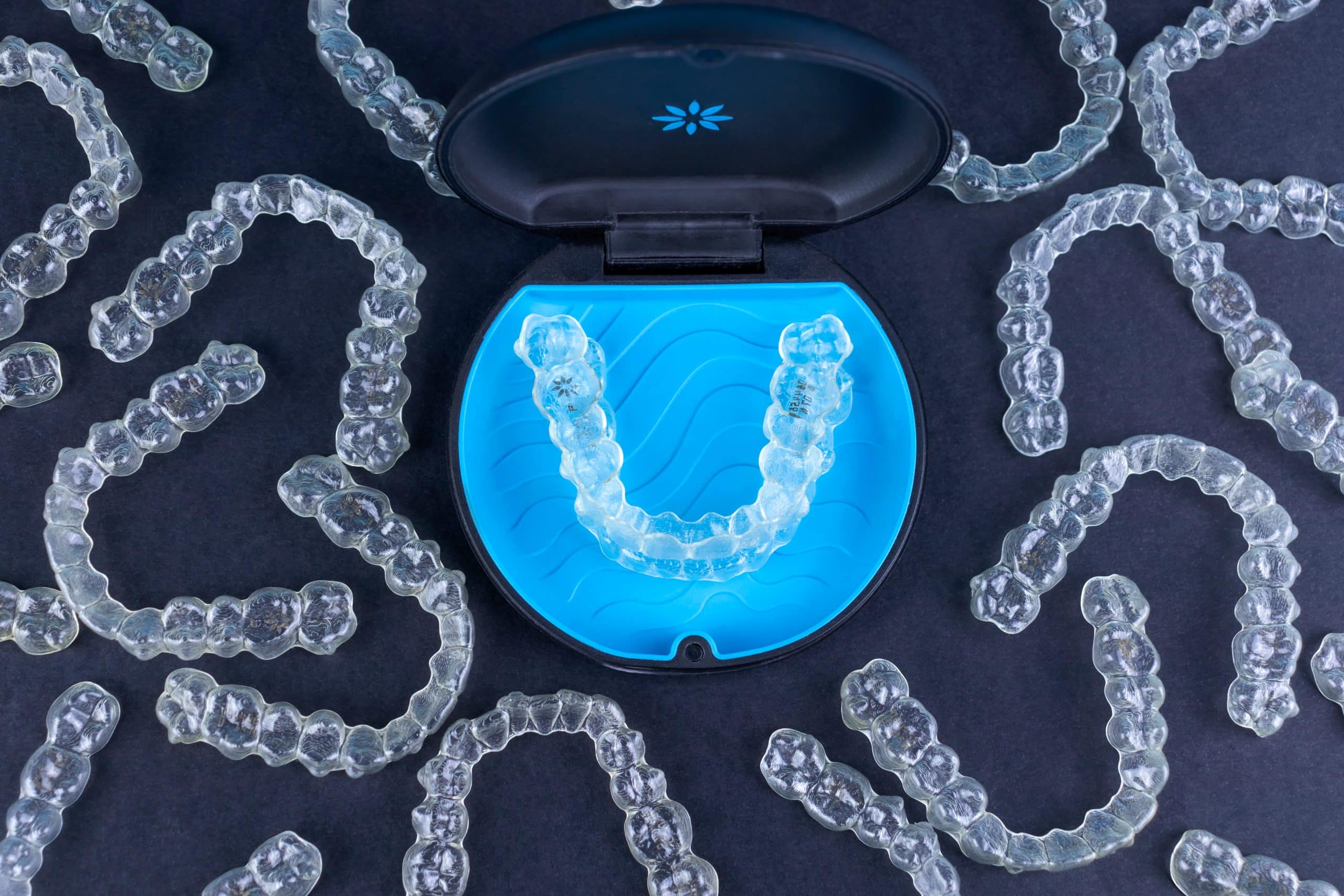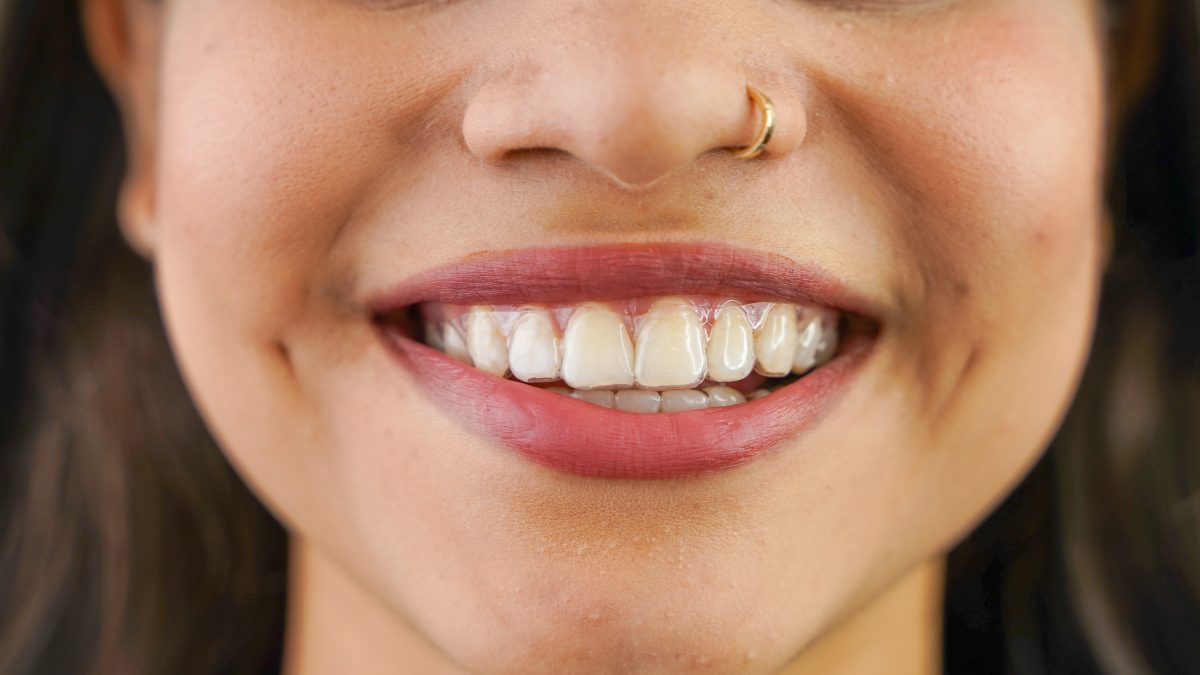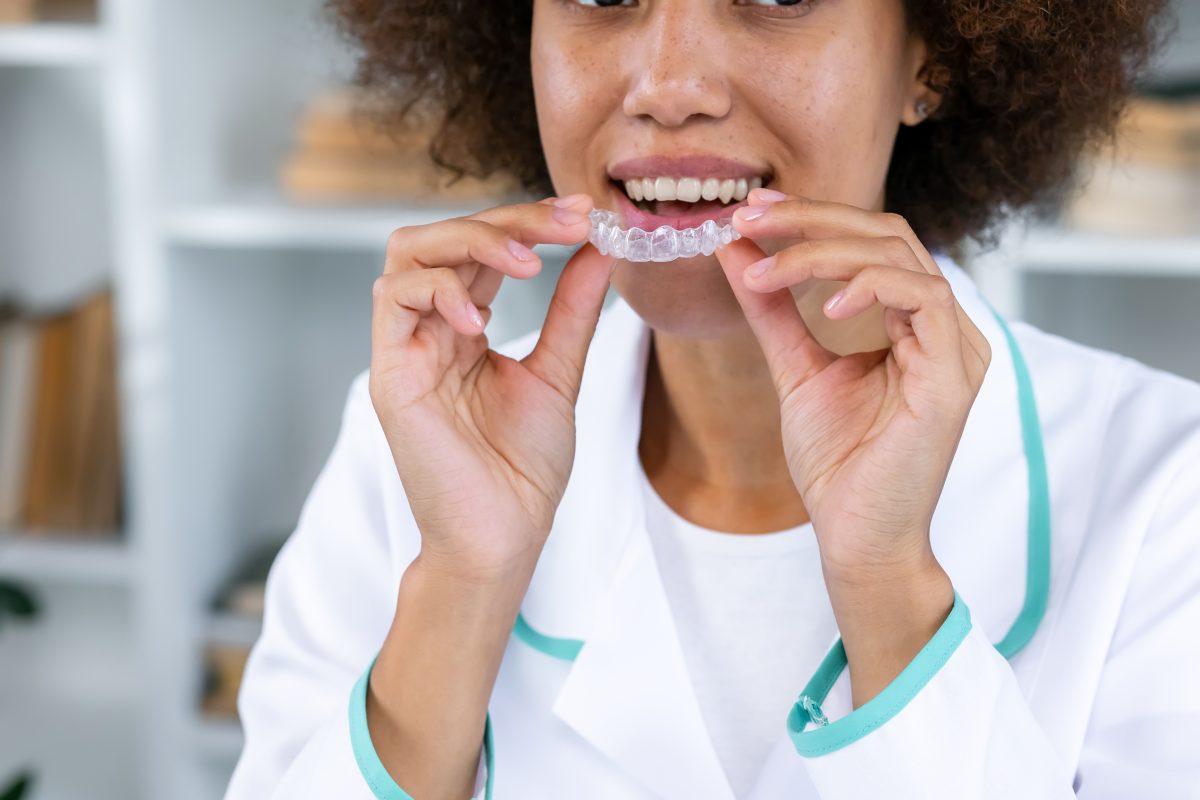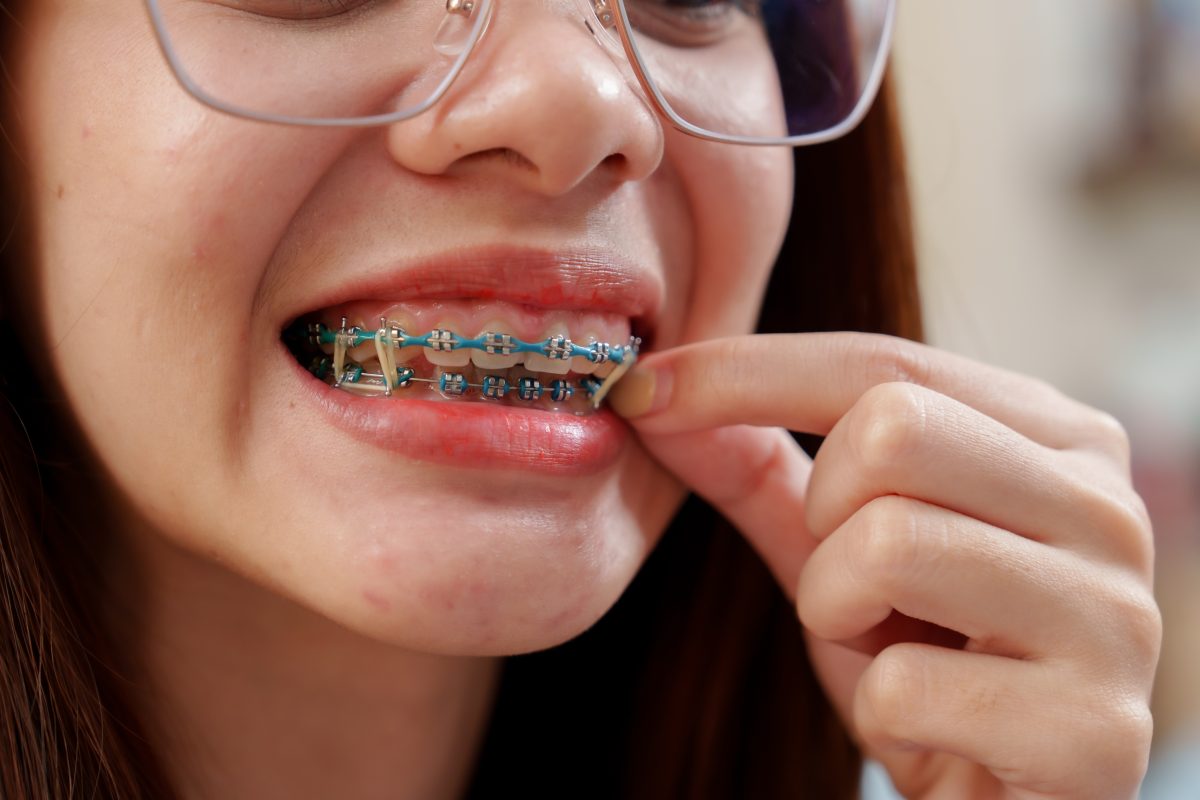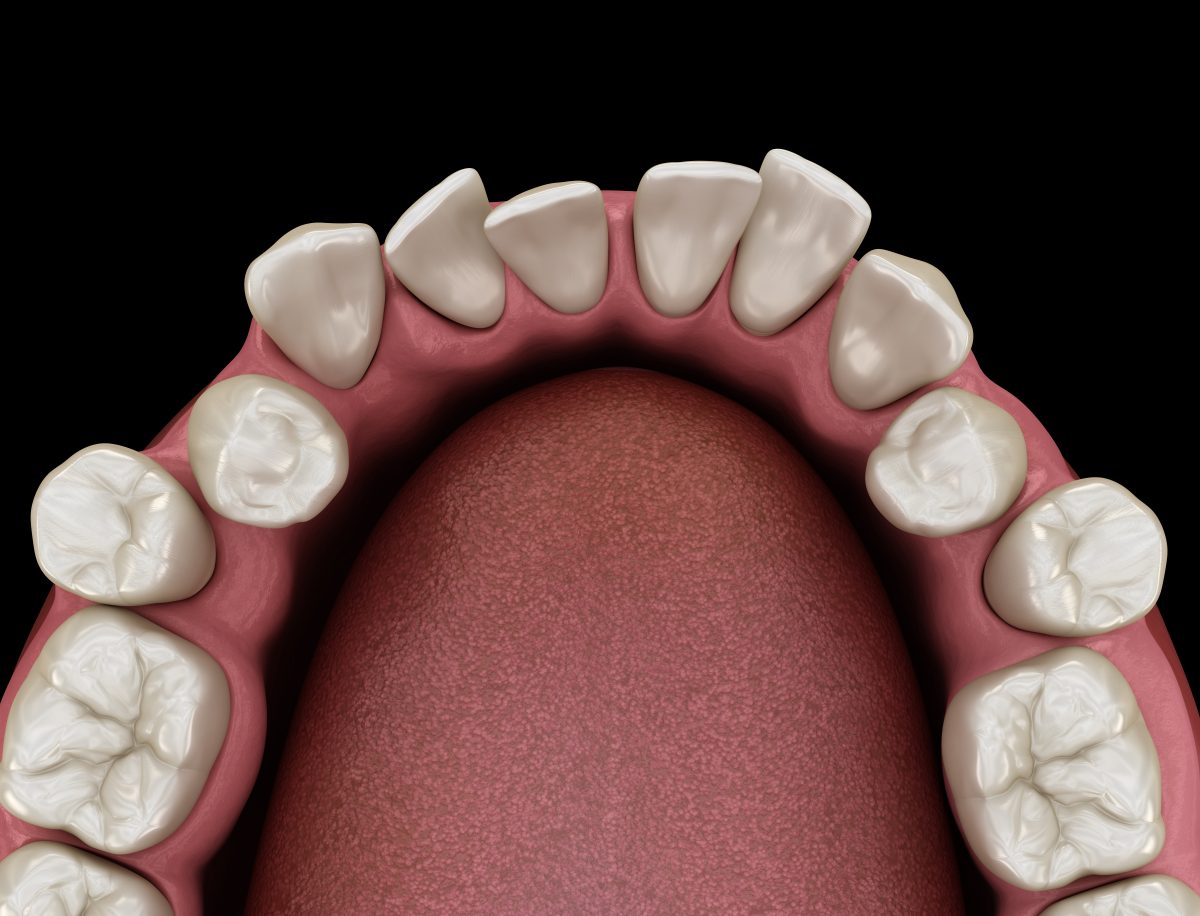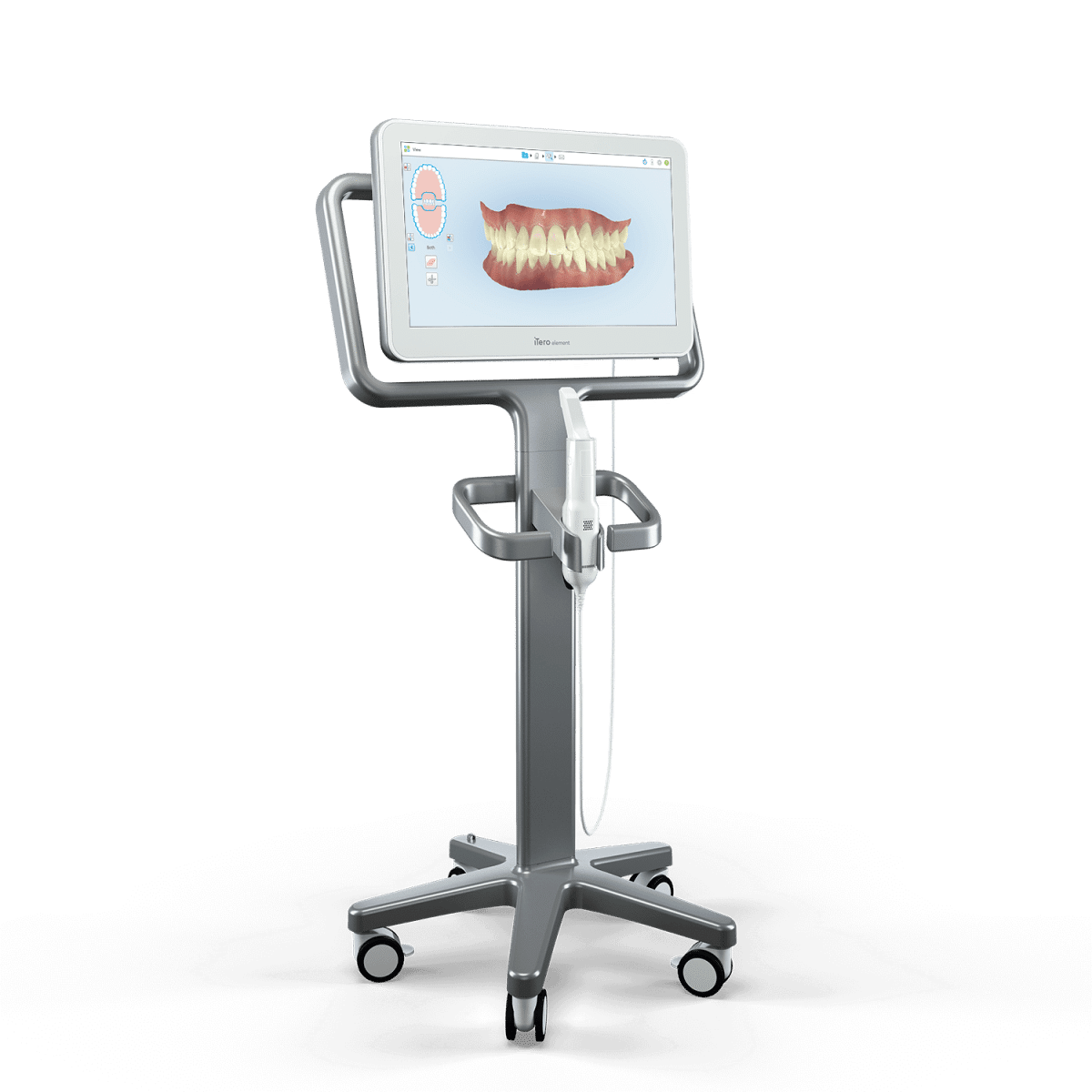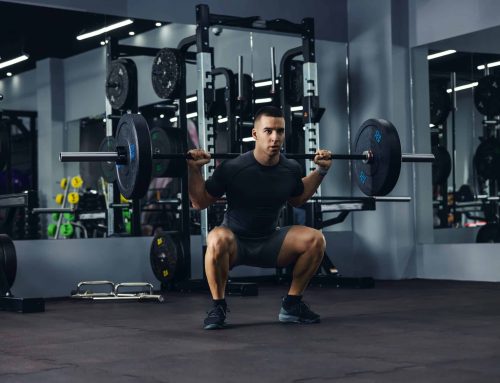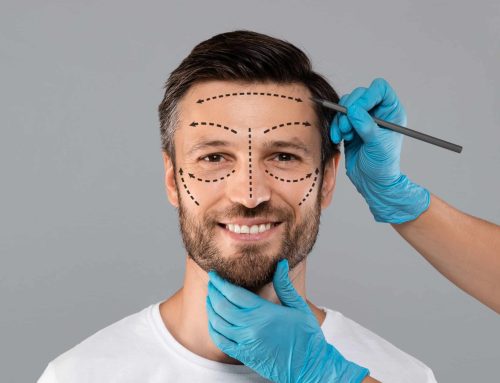Invisalign: Everything You Need to Know
For nearly 20 years, Stonebriar Smile Design has been providing their patients with Invisalign. That’s not only a testament to Invisalign’s popularity but its effectiveness. According to Dr. Jill Wade, it seems the nation has caught on and is seeking this alternative to traditional braces, specifically adults. Many adults are “wanting to change their smile,” she says, and we’ll explore the seven things you need to know about Invisalign and why this method might be something you’ll want to consider.
Aside from being relatively simple and easy, Invisalign diminishes some of the pain and discomfort associated with traditional wire braces. Beyond that, a frequently asked question is:
1. Can you tell if someone is wearing Invisalign aligners?
The short answer: Not really.
Dr. Jill Wade, DDS, MAGD, says, “Adults love [Invisalign] so much because they [are able to] work, they can be on Zoom, they can be giving a presentation, teachers can work in them and speak in them and lecture and teach all day long.”
Due to their transparency, hence the name “Invisalign,” these custom trays are virtually invisible, and it’s difficult to tell when someone is wearing them. Health and beauty expert Laura Lewis-Edwards uses Kansas City Chiefs’ quarterback Patrick Mahomes as an example. He’s often seen on the field with his “clear aligners hanging out of his mouth,” she says. Whereas most athletes wear mouth guards, which are considerably thicker to mitigate impact shock, Mahomes has found “a happy medium” with his smaller clear aligners. While Dr. Wade has not treated Mahomes, she recognizes the device and says “he’s a great example of somebody who, obviously, is seen all the time wearing his Invisalign, which makes me happy.”
Laura Lewis-Edwards poses another highly speculated question about what it’s like to talk while wearing clear aligners:
2. Does wearing aligners make you talk funny?
The short answer: Yes, at first. Talking may feel and sound a little bit strange, but that fades as you get accustomed to wearing your new aligners.
Dr. Jill Wade, who also has a practice in the Dallas/Fortworth Metroplex, says, “You’ve got to kind of learn how to maneuver around them a little bit; they’re foreign in your mouth. So, just like anything that you place into your mouth—gum, candy, anything—it’s meant to kind of create some stimulation in your mouth, so you actually begin to salivate a little bit more. So, the very first week, you might be…a little bit more ‘slurpy.’”
However, don’t let that initial awkwardness deter you, because Dr. Wade also attests that this phase is short-lived and goes away as you get accustomed to your clear aligners. “Then your tongue, your lips, and everything else moves all around it, just like normal,” she states. Beyond the occasional lisp or rogue “S,” your speech will become relatively normal and your aligners barely detectable. She herself admits that she has “a bonded lingual retainer in all the time,” and though she occasionally fumbles her speech, for the most part, no one is the wiser.
“The first week is probably the hardest,” Dr. Wade states. Besides the foreign feeling of constantly having something inside your mouth, the inside of your cheek is also getting rubbed. While this isn’t particularly painful, it can be slightly uncomfortable. However, according to Dr. Wade, “that never happens again.” Once you’ve adjusted to the feel and presence of your aligners, even when it’s time to change to your next set, that period of discomfort is over.
That is not the case, however, for traditional braces due to the brackets, metal, and bands. This can really hurt when you get started “because of the spacers to get the bands on your teeth,” Dr. Jill Wade recalls, speaking about her time as a young girl with traditional braces. With Invisalign, not only do you skip the painful installment and adjustments, but these “adult-style braces,” as Dr. Wade likes to refer to them, are a convenient way for adults to correct misaligned or crooked teeth, no matter their age. Straightening your teeth isn’t just about cosmetics, either; there are actually health benefits to having straighter teeth.
One reason why you might need braces or orthodontic treatment is because of breathing issues or mechanical issues with your mouth. Having crowded or crooked teeth can impact the shape of your mouth, specifically the U-shape that your teeth all make, reducing the space for your tongue and natural teeth to get into the right place. Dr. Jill Wade likens this natural order and positioning of your teeth to “little picket fences, all lined up beautifully and straight together.”
Having the proper shape and teeth positioning allows your tongue to rest in the appropriate space rather than being constricted. When your tongue is constricted, it can affect your breathing by blocking your airway, which, in turn, disrupts and diminishes the quality of your sleep. She explains that the root cause of crowded teeth or other misalignments “a lot of times, [it’s] because of breathing issues, nasal issues, large adenoids, tonsils. So, what we’re doing with traditional orthodontics, or with Invisalign, is to actually put them in the place that they were made to be in the first place.”
Another reason to consider Invisalign, or other methods for teeth straightening, is proper function. “If your teeth are crowded, twisted, or they aren’t expanded enough, then they’re not fitting together,” Dr. Wade warns. “They’re actually going to cause more natural damage over time.” Because your upper and lower teeth don’t fit together as they’re designed to do—think mountain peaks slotting into carved valleys—as you chew, if your teeth have “peaks” slamming into each other (rather than nesting into “valleys”), they are more apt to break, chip, and wear down.
“So, when you do any type of orthodontics, you’re putting [your teeth] in the right place for function…and creating a situation where you’re taking care of your teeth.” This will allow you to better maintain your teeth and have a healthier smile for a longer period of time.
Getting Started with Invisalign: The Process
3. What is the process, and how often do I have to come in?
The short answer: It depends. Since every case is unique, so is your treatment structure.
Getting Invisalign starts with a visit to your dentist or orthodontist. Dr. Jill Wade and the staff at Stonebriar Smile Design use 3D technology via the iTero machine to simulate your journey through Invisalign. This gives you a visual image of what your teeth will look like once straightened. Dr. Jill will also discuss your expectations, both cosmetic and functional, regarding your smile until you come to an agreement that meets your needs and desires. To ensure well-informed decisions and outcomes, she will also take pictures, x-rays, and evaluate the health of your gums, teeth, and bones.
After that, Dr. Wade gets to work, “talking to the doctors at Invisalign and creating your case digitally…then, Invisalign will make all of your trays. And then they send them to us, and that’s when you come back and we actually get started by delivering your first couple of sets of trays,” she informs. Afterwards, Dr. Wade will discuss the do’s and don’ts of Invisalign to help you make the most of your transition to straighter teeth.
Read part two of the top seven things you need to know about Invisalign.
Click here to watch this episode of the Beyond Face Value Show on YouTube.
Visit us on YouTube to hear more about Stonebriar Smile Design in Frisco, Texas, and wellness dentistry, and be sure to comment, like, and subscribe.

